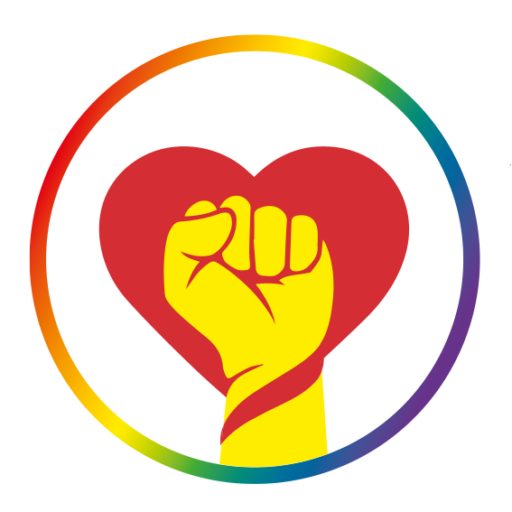Framing with Messengers
How it works
Having identified the values that you will be able to trigger to move your target is a vital first step. Developing a good argument and effective metaphors is also key, as we have seen. But none of this will be effective if the messenger that will deliver your message is not the right one.
The video of Joshua Bell playing in the New York Subway is a good introduction to what makes a messenger.
Often, the public representation of organisations in the media is carried by the people who the organisation sees as legitimate: either the people in power (for example the CEO, the founder, the charismatic leader), the experts (the scientists) or the people the organisation works for/with.
While this perfectly makes sense for the organisations’ policies, this can prove totally ineffective to influence people outside of the organisations’ current constituency.
So what does it take to be an effective messenger with your target audience?
Research has shown that in most cases, while it’s nice to have likable or familiar messengers, credibility is most important. People listen to the messengers that are knowledgeable and trustworthy in their eyes, and this is likely to be very different from yours. It might even get you to choose messengers that you don’t particularly feel related to. Again, what matters is not what you and your organisation think of the messenger but what the target group thinks.
Like in so many aspects of a campaign (visual, slogan, alliances, etc.), this is likely to trigger harsh debates or even disputes between the campaign team and other parts, for example the grassroots volunteers. So a good analysis of what messenger has the best impact will prove very useful if you need to convince the rest of the organisation.
As we will see more in detail later when we talk about social conformity and change journeys, attitude change campaigns also heavily depend upon the target group being able to identify with the messenger.
On sexual and gender diversities, campaign often take it for granted that the target audience will be moved by the lived stories of members of Sexual and Gender Minorities. But even if good storytelling is key to campaigning, a lot of people will only change their attitude when they hear them from someone like themselves.
As said, more on this later!
*Try to develop a pool of spokespeople who can speak to various audiences on various topics
* Unlikely messengers can be particularly effective in persuading an audience to reconsider an issue
The Frameworks Institute proposes the following checklist:
* Who is both knowledgeable and trustworthy on the issue?
* Who is likely to be perceived as an honest messenger by the target audience?
* Who is likely to be able to satisfy these criteria AND generate media attention?[/ultimate_modal]

In order to make strategic decisions on your messenger, it is also essential to analyse what your opponents are doing, as they are also bound to pitch their own sympathetic messenger. In case of SOGI issues, we have been confronted to anti-lgbt campaigns carried by children, “nice” families, peaceful old people, etc.
